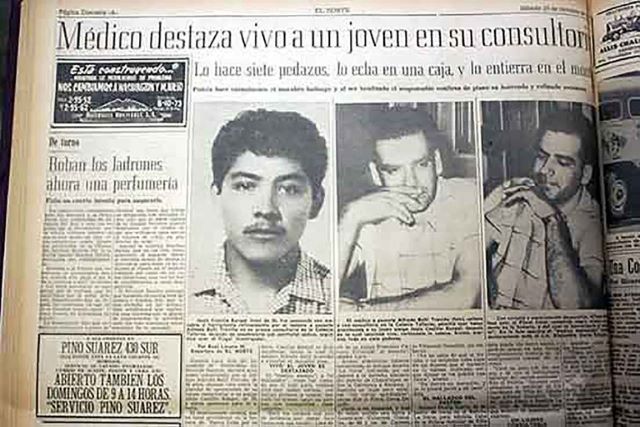Alfredo Balli: the murderous Mexican doctor who inspired the Hannibal Lecter movie
It was Harris who told in the prologue of his anniversary edition and in several interviews with international media that at the time the unknown Mexican killer Alfredo Ballí Treviño inspired Hannibal Lecter.





